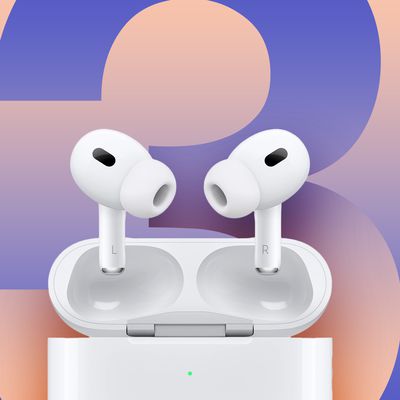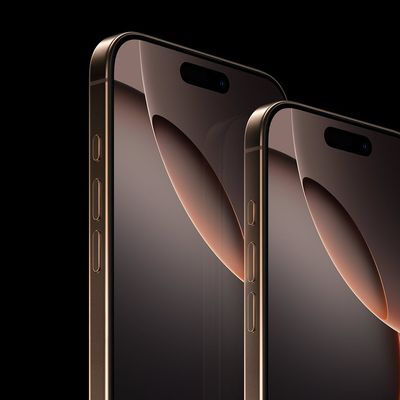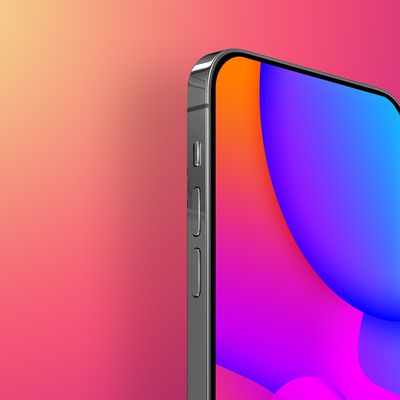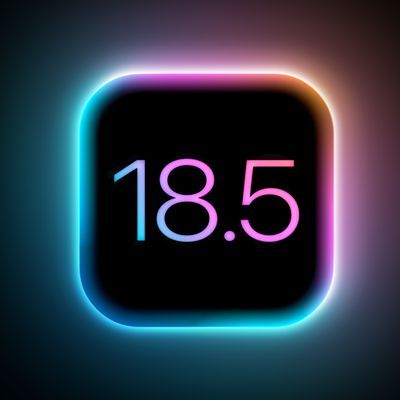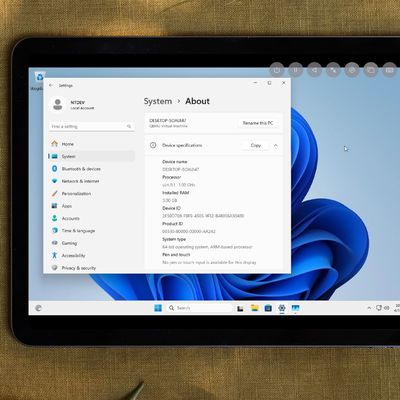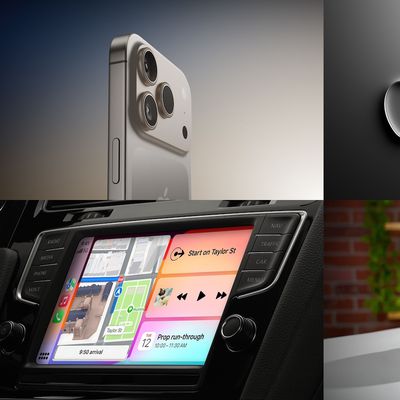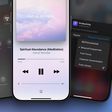Google's New True Wireless Pixel Buds Mimic Two Key AirPods Features
Google launched its second-generation Pixel Buds this week to generally favorable reviews, thanks in part to a couple of new features that AirPods owners have appreciated for some time.
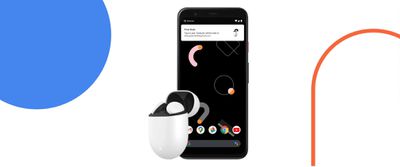
The new Pixel Buds use a pairing process on Android 6.0+ phones called Fast Pair: Hold the case near your phone, flip the lid, and a screen pops up on the screen to indicate automatic pairing, which links them to the user's Google account.
Apart from the obvious UI differences, that's pretty much identical to the way you connect a pair of AirPods to iPhone. But the similarities don't stop there. Google is also making it easier to find misplaced Pixel Buds. From Google's blog:
It can be frustrating when you put your Bluetooth headphones down and immediately forget where you placed them. If they’re connected to your phone, you can locate your headphones by ringing them… And, when you misplace your headphones, in the coming months, you can check their last known location in the Find My Device app if you have Location History turned on.
Sound familiar? Apple's Find My app includes a Find my AirPods feature that plays a tone to help users recover nearby AirPods connected to iPhone or iPad. It also shows the last known location of AirPods if they're no longer connected.
Credit where it's due, Google appears to have implemented the features well, including notifying users when the earbuds and case battery are running low upon connection. The company says it plans to include its Fast Pair technology in other audio accessories, just like Apple added its instant-pairing W1 and H1 chips to its wireless Beats line.
The new Pixel Buds are compatible with iOS, but don't expect the new seamless pairing features to work with iPhone (the same goes for AirPods on Android). Unlike AirPods Pro, Pixel Buds don't include active noise canceling either, instead offering something called Adaptive Sound that automatically adjusts the volume based on the wearer's surroundings.
Features like Adaptive Sound and other settings are accessible in the Pixel Buds app on devices running Android 6.0 and later. The Pixel Buds software is also built into the settings menu as a system-level app on Pixel phones. Google's new Pixel Buds are priced at $179 in the U.S. and can be ordered on the Google Play Store.
Popular Stories
Despite being more than two years old, Apple's AirPods Pro 2 still dominate the premium wireless‑earbud space, thanks to a potent mix of top‑tier audio, class‑leading noise cancellation, and Apple's habit of delivering major new features through software updates. With AirPods Pro 3 widely expected to arrive in 2025, prospective buyers now face a familiar dilemma: snap up the proven...
Apple's iPhone development roadmap runs several years into the future and the company is continually working with suppliers on several successive iPhone models simultaneously, which is why we often get rumored features months ahead of launch. The iPhone 17 series is no different, and we already have a good idea of what to expect from Apple's 2025 smartphone lineup.
If you skipped the iPhone...
Apple is preparing a "bold" new iPhone Pro model for the iPhone's 20th anniversary in 2027, according to Bloomberg's Mark Gurman. As part of what's being described as a "major shake-up," Apple is said to be developing a design that makes more extensive use of glass – and this could point directly to the display itself.
Here's the case for Apple releasing a truly all-screen iPhone with no...
While the iPhone 17 Pro and iPhone 17 Pro Max are not expected to launch until September, there are already plenty of rumors about the devices.
Subscribe to the MacRumors YouTube channel for more videos.
Below, we recap key changes rumored for the iPhone 17 Pro models as of April 2025:
Aluminum frame: iPhone 17 Pro models are rumored to have an aluminum frame, whereas the iPhone 15 Pro and ...
If you have been experiencing issues with wireless CarPlay in your vehicle lately, it was likely due to a software bug that has now been fixed.
Apple released iOS 18.4.1 today, and the update's release notes say it "addresses a rare issue that prevents wireless CarPlay connection in certain vehicles."
If wireless CarPlay was acting up for you, updating your iPhone to iOS 18.4.1 should...
Apple seeded the third beta of iOS 18.5 to developers today, and so far the software update includes only a few minor changes.
The changes are in the Mail and Settings apps.
In the Mail app, you can now easily turn off contact photos directly within the app, by tapping on the circle with three dots in the top-right corner.
In the Settings app, AppleCare+ coverage information is more...
A developer has demonstrated Windows 11 ARM running on an M2 iPad Air using emulation, which has become much easier since the EU's Digital Markets Act (DMA) regulations came into effect.
As spotted by Windows Latest, NTDev shared an instance of the emulation on social media and posted a video on YouTube (embedded below) demonstrating it in action. The achievement relies on new EU regulatory...
This week saw rumor updates on the iPhone 17 Pro and next-generation Vision Pro, while a minor iOS 18.4.1 update delivered not just security fixes but also a fix for some CarPlay issues.
We also looked ahead at what else is in Apple's pipeline for the rest of 2025 and even the 20th-anniversary iPhone coming in 2027, so read on below for all the details on these stories and more!
iPhone 17 ...
![]()


